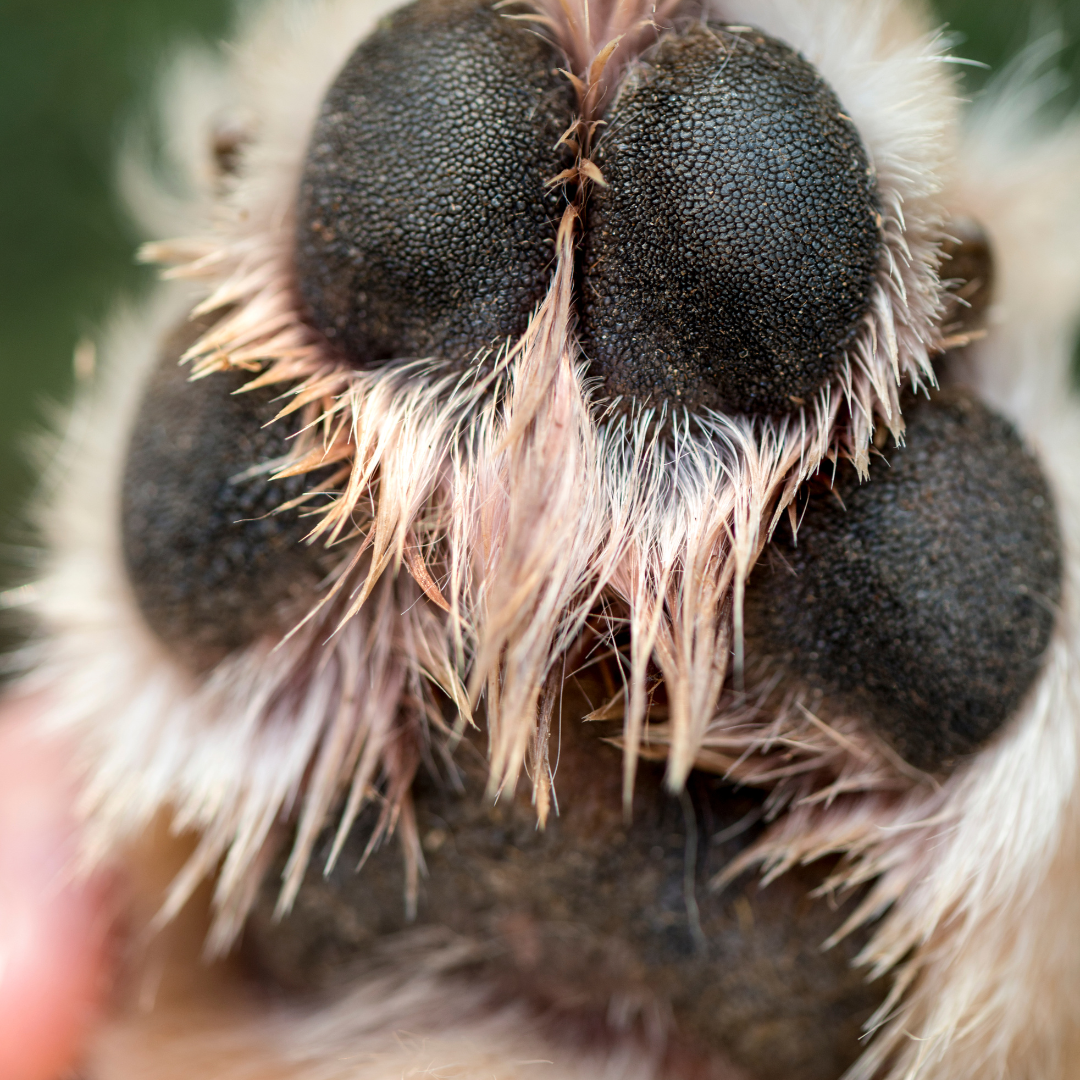
Why Are My Dog's Paws Pink? Understanding Porphyrins
Porphyrins may not be a term commonly associated with your furry friend, but they can have an unexpected impact on your dog's appearance. If you've noticed your dog's fur taking on a pinkish hue, you're not alone. The culprit? Porphyrins. In this guide, we'll explore why porphyrins cause staining and how to reduce it to keep your pup looking fresh.
What Are Porphyrins?
Porphyrins are natural compounds produced during the breakdown of heme, a component of hemoglobin that helps carry oxygen in the blood. While they serve essential functions in your dog's body, porphyrins can also cause staining when excreted through bodily fluids like tears, saliva, urine, and sweat—particularly from the paws.
Why Do Porphyrins Stain Fur Pink?
Porphyrins are rich in iron, which gives them a reddish-brown tint when exposed to air. When your dog's tears, saliva, or sweat come into contact with their fur—especially on lighter-colored coats—the iron oxidizes, leaving behind pink, red, or brown stains.
Common Causes of Porphyrin Staining
Several factors can contribute to porphyrin staining in dogs:
- 🐾 Excessive Tearing: Dogs with watery eyes may produce more tears that contain porphyrins. Breeds with prominent eyes, like Bulldogs and Shih Tzus, are more prone to this.
- 🐾 Saliva Buildup: Dogs that drool excessively can transfer porphyrins to the fur around their mouths.
- 🐾 Ear Infections: Dogs with ear infections often scratch their ears, transferring porphyrin-rich discharge to their fur.
- 🐾 Excessive Paw Licking: Since dogs sweat through their paws and nose, excessive licking can spread porphyrins, leading to staining. Keeping these areas clean, dry, and moisturized is crucial to maintaining healthy skin.
How to Reduce Porphyrin Staining
While porphyrin staining is common, here are some ways to minimize it:
✅ Regular Grooming: Clean your dog’s fur and paws with a gentle, plant-based foaming cleanser after walks and keep their paws soft with a moisturizing paw balm.
✅ Tear Stain Solutions: Use vet-approved tear stain wipes or gentle cleansers to help reduce staining. Always consult your vet before trying new products.
✅ Maintain Dental Health: Brushing your dog's teeth with pet-safe toothpaste can reduce excessive drooling and saliva buildup, minimizing staining around the mouth.
✅ Address Underlying Health Issues: Persistent staining could indicate allergies, infections, or other health concerns. If stains persist, consult your vet to rule out medical causes.
✅ Dietary Adjustments: Some pet owners have seen improvements by switching to high-quality, limited-ingredient diets that reduce allergens and sensitivities.
When to Consult Your Veterinarian
If your dog's staining is accompanied by redness, irritation, or discomfort, it’s best to seek veterinary advice. Your vet can recommend appropriate treatments and ensure no underlying health issues are contributing to excessive porphyrin production.
By staying proactive with proper grooming, diet, and regular checkups, you can help minimize porphyrin staining and keep your pup looking and feeling their best! 🐶✨
